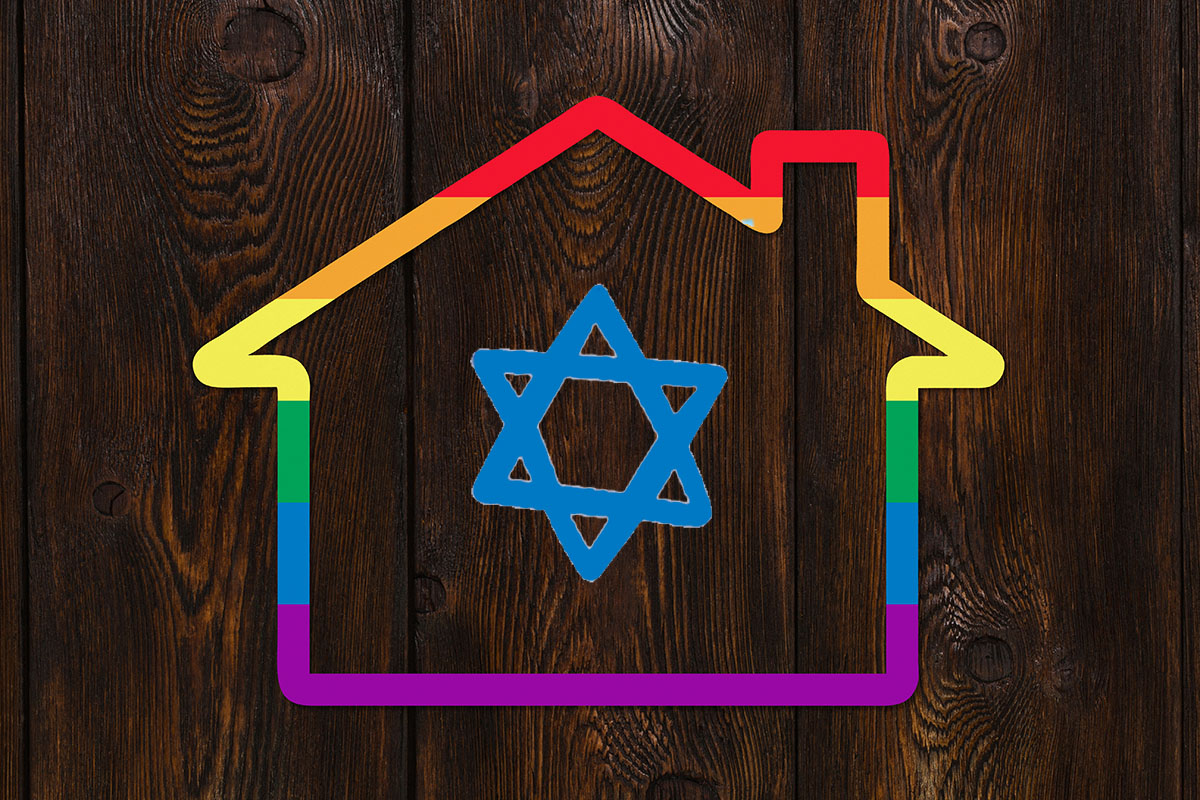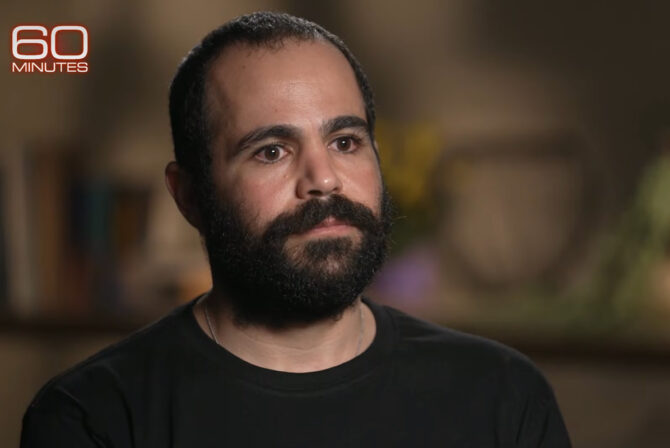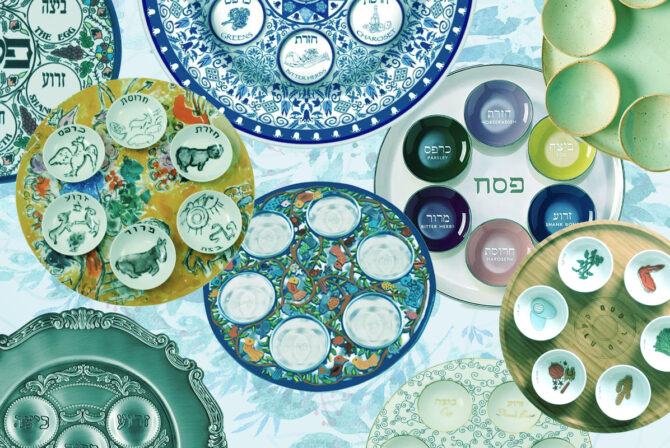The last time I went to Pride, I was about 10 weeks pregnant. It was June of 2019, and my best friend from college had come up from North Carolina to visit me in New York.
Between my new pregnancy — and with it, the knowledge that this would be my last Pride as a non-parent — and my determination to show my friend the best experience for her first out-and-proud Pride adventure, we put together an agenda for a day that I hoped would be perfect. We grabbed a delicious breakfast in the East Village (I still have the occasional dream about those huevos rancheros), then made our way over to the mainstream Pride parade route, because it seemed important to give her the full experience. The cast of “Pose” drove past us, and I briefly swooned — entirely unrelated to the pregnancy — at the sight of Indya Moore’s absolute in-person beauty, which was frankly just unfair.
When the crowd at the march got to be too much, we took the subway up to Central Park to meet up with the Queer Liberation March. We missed most of the march but were just in time for the speaker program; a kindly older lesbian with the style of a Berkshire-county hippie offered us a corner of her picnic blanket. Clouds gathered as we listened to the incredible voices, and when John Cameron Mitchell took the stage with a performance of “The Origin of Love,” the sky opened up above us.
Within minutes, we were soaked. And it was one of the most beautiful experiences of my life.
I held that moment — wet and laughing and delighted, between a woman I didn’t know who had declared herself my “lesbian mother for the day,” and a dear friend who was just beginning her queer journey — close to my chest last June, when in-person Pride events were cancelled en masse as Covid-19 swept across the country and the world.
Prior to the pandemic, I hadn’t really decided how I wanted to handle Pride once I was a parent. Would I pop my kid in his baby sling and bring him into the celebration? Or would I leave him home with my partner and have a day of just being myself, queer and nonbinary and more than “just” (OK, not “just,” never “just,” but it does feel that way, sometimes, doesn’t it?) a parent. In the end, any plan would have been irrelevant — in June 2020, Covid-19 was surging through New York. No one went to Pride that year. Events happened online, but I had a 6-month-old baby and crippling postpartum depression. My “observance” of Pride last year was my annual re-read of Virginia Woolf’s “Orlando,” and not much else.
Fortunately, this year feels different, in many ways. My son is a toddler now, and everything is new and exciting for him. He’s like a sponge, bright-eyed and full of curiosity, and I want, more than anything, to start building in him not just a connection to the beautiful, vibrant world of queerness that has been so revolutionary to me, but to start the building blocks of teaching the language of queerness. We model — and he repeats, chirping and delighted —”please” and “thank you” and “all-done!” Simultaneously, we model, and he witnesses, a family in which straightness is not default, and cisgender identity is not default. In our home, gender is an exploration, not a given set of parameters to be followed.
All of this, for me, is entwined with Jewishness. My queerness is inextricably linked to my Judaism — those identities enrich and deepen one another, and when it comes to bringing Pride home, I can’t imagine teaching one without the other.
Like the queer community — so much of which is based in shared spaces and in-person connection — the Jewish world has also been almost entirely remote since last March. Just as I wistfully noted the passing of what could have been my son’s first Pride experience, he also missed celebrating his first Passover with his cousins, dancing with our congregation for Simchat Torah, sharing meals in our synagogue’s community sukkah on Sukkot. And yet, we brought communal rituals home, transforming them to make them meaningful.
This month, I’m connecting the dots between Judaism and queerness in the ways that bring them not just into our home, but into our nursery. Judaism is a religion of gendered practices, and challenging those, even in loving and intentional ways, sometimes feels uncomfortable, even irreverent. When we read the Jewish books we regularly receive from PJ Library, we look at how Jewishness is represented: what kind of language is used? Who performs different blessings and rituals? What kinds of families do we see? (One of my son’s go-to, “no, mommy, I will pick!” books is “Havdalah Sky,” which features a family with two moms. I count as something of a parental victory!)
There’s anxiety and discomfort, too, in directly changing or challenging Jewish traditions and practices. Since my son was born, we’ve given him the traditional Friday night blessing for boys every Shabbat, “may God make you like Ephraim and Menasheh.” This month, I asked my husband if he would consider expanding that blessing to also include the matriarchs: Sarah, Rebecca, Leah, and Rachel. After all, these are the women we would hope for him to emulate, if he were our daughter and not our son. But, then again, why should we want our sons to only grow up to be like the men in our Jewish legacy? Why wouldn’t we want him to honor Sarah’s laughter, Rebecca’s generosity, Leah’s resilience, Rachel’s determination?
For me, someone who grew up with little Jewish ritual at home, adapting this prayer is an easy yes. For my husband, who received the traditional blessing from his father every Shabbat of his childhood, it’s harder. There’s legacy there, and love, and a desire to honor that history. So it becomes a conversation, a gentle meeting of different priorities, an honoring of one another’s perspectives — and all of that is something for our son to witness and learn from.
It seems like cheating to say intentional communication is queer culture, but in some ways, it’s true: queerness doesn’t privilege one gender’s perspective over another. It doesn’t assume authority in relationships, doesn’t assume that one partner has the final say. And that, too, is Jewish — after all, there’s that old expression that if you have two Jews in a room, you’ll have three opinions. For all the gendered hierarchy in our tradition, we’re a people who love to debate. Small wonder that queer Jews are so opinionated.
Many Pride events are back in person (with new restrictions) in 2021, though as an immunocompromised person, I’m not quite ready to attend them. Discovering ways to bring Pride home to my parenting — and make it Jewish — has been an exploration and a joy, even in its tension and wistfulness for the big community events that I miss. Every day has been a new opportunity, a new way to teach and learn and grow along with my son, from sharing books about pronouns to using gentle rhymes to remind him that the world is beautiful, and vibrant, and full of incredible potential for him to be whoever he wants to be.
And when he reaches out to touch a rainbow on his t-shirt and say “todah!” (thank you) in his bright, toddler-happy voice, it feels just like that moment on the grass in Central Park, when the sky opened up and drenched us. It feels like serendipity, and connection, and sweetness.
It feels like Pride.
Header image by HDesert/Getty Images








